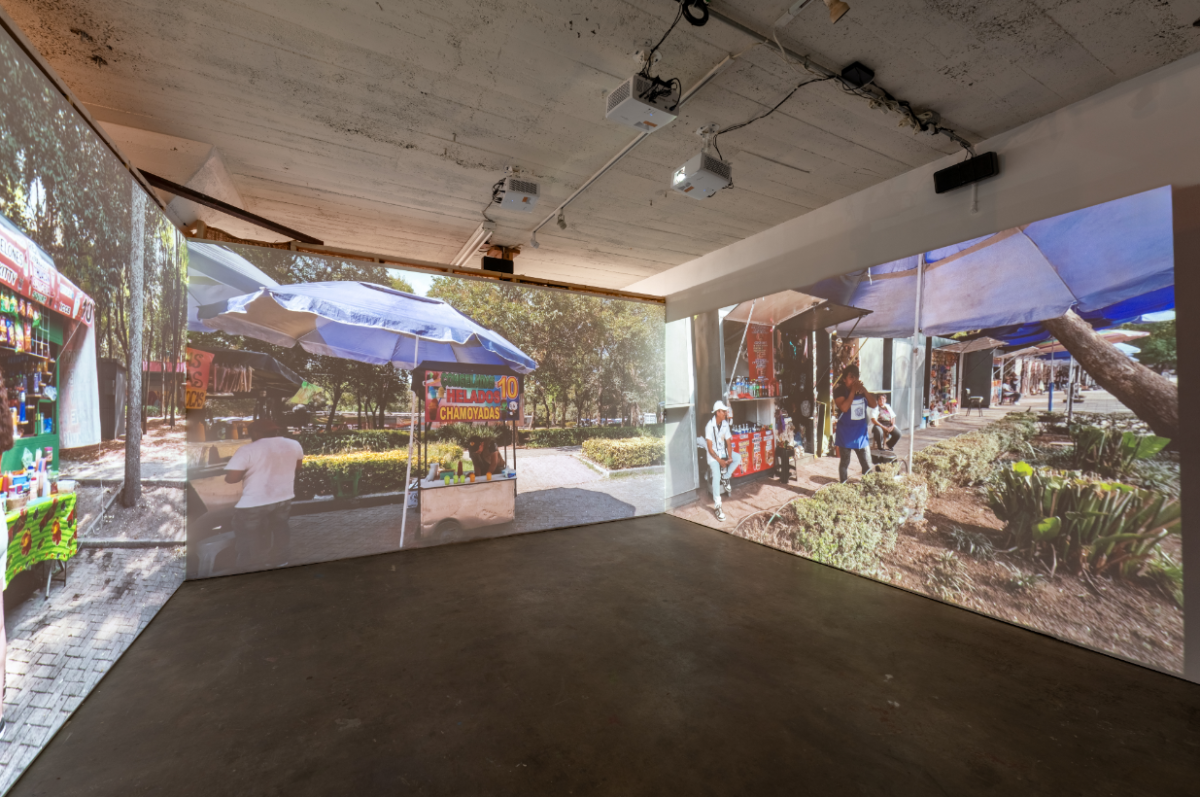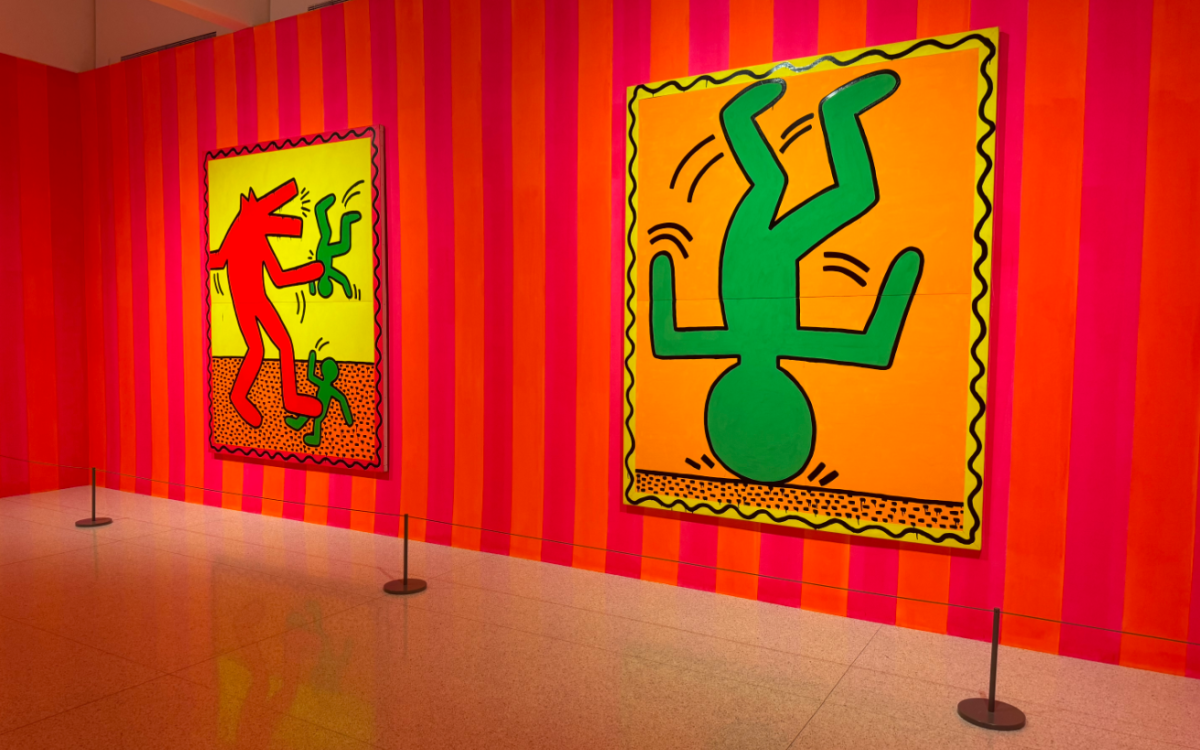When Franklin Delano Roosevelt put people to work as part of his New Deal programs in the 1930s, he didn’t just work with farmers and construction workers. Creative types were also employed: writers wrote state guide books, musicians played music for the public, artists created works of art for public spaces and use.
WHEN: Through June 27
WHERE: Erika Doss, 333 East River Parkway, Minneapolis
TICKETS: Free
Diane Mullin, an associate curator at The Frederick R. Weisman Art Museum, was surprised to learn that the museum had almost 2,000 works of art associated with New Deal programs. The works include not only the social realist and photography works commissioned by the Department of Agriculture, but also textiles, ceramics and modernist and surrealist paintings.
As part of a celebration of the 75th anniversary of the New Deal programs, the Weisman is opening an exhibit, “By the People, For the People,” to highlight the diversity of works included in the museum’s collection, and how strong Minnesota’s involvement was in the New Deal programs.
Dorothea Lange’s social realist work, including the iconic photograph, “Migrant Mother,” is one of the most recognizable works from the period and the one that most people associate with art from the New Deal. While the specific piece is not included, three other photographs of hers are included in the social realist section.
WHEN: Tonight, 5 p.m.
WHERE: Weisman Art Museum, 333 East River Parkway, Minneapolis
TICKETS: Free
New Deal art not only highlights the issue of government sponsorship of art, but also holds a significant place in the discussion about what exactly American art is.
Professor Erika Doss, the head of the department of American studies at the University of Notre Dame, is coming to the Weisman to discuss this very question.
“We are fascinated with ourselves,” Doss said, “constantly redefining ourselves, in the realm of the visual.”
In conjunction with the preview party for the “By the People, For the People” exhibit, Doss will be giving a lecture on American visual art and its connection to American identity.
The most relatable section features Minnesotan artists and works of Minnesota, with a special emphasis on the University. University Avenue appears as it would have in the ’30s – a wide dirt road. With a little prompting, some of the buildings are recognizable – Folwell Hall, Morrill Hall, the former administration building, Northrop Auditorium, the 1930s Washington Avenue Bridge, and the block that is now home to Annie’s Parlour and the Kitty Cat Klub don’t look all that different. A picture of rolling fields looks out of place among these buildings, until Mullin explained that was the St. Paul campus.
There’s even a sketch that G. Kamrowski created as a proposal for a mural in Northrop Auditorium. Mullin said she thinks that somewhere in Northrop is a 1930s mural underneath several coats of paint. There’s a possibility that during the renovations of Northrop, the mural could be found and saved.
But why now? These works of art have been sitting in storage for decades. It took a prompting from a preservation group working on preserving the works from the New Deal to get curators to look into the museum’s collection. All in all, the project was put together in the short span of a year and a half and Mullin said the work has really only just begun. While some of the works have been better preserved, some need to be researched and cleaned. For example, Mullin said many of the modernist and surrealist works could use a good cleaning, and may appear darker than they were intended to be.
The works raise significant issues surrounding the government funding of art and what that means for the government, the art and the artist. For instance, the exhibit may garner more public interest and help the Weisman procure a grant from the National Endowment for the Arts through the Save America’s Treasures program, which would allow the museum to restore the works.
It also raises the question of whether further investigation should go into the role of women and minorities in New Deal programs and art. Mullin said there were many works that they were uncomfortable displaying because of their timely and stereotypical depiction of American Indians.
It also highlights the legacy of New Deal art programs, some of which led artists to continue in their work when they might have otherwise had it up. Some of the legacies weren’t seen until decades later when an artist who got support during the depression became famous later on, like abstract expressionists Jackson Pollack and Mark Rothko.
After 75 years, Roosevelt’s New Deal programs and their results still deserve discussion, raising issues that are still relevant today.
















